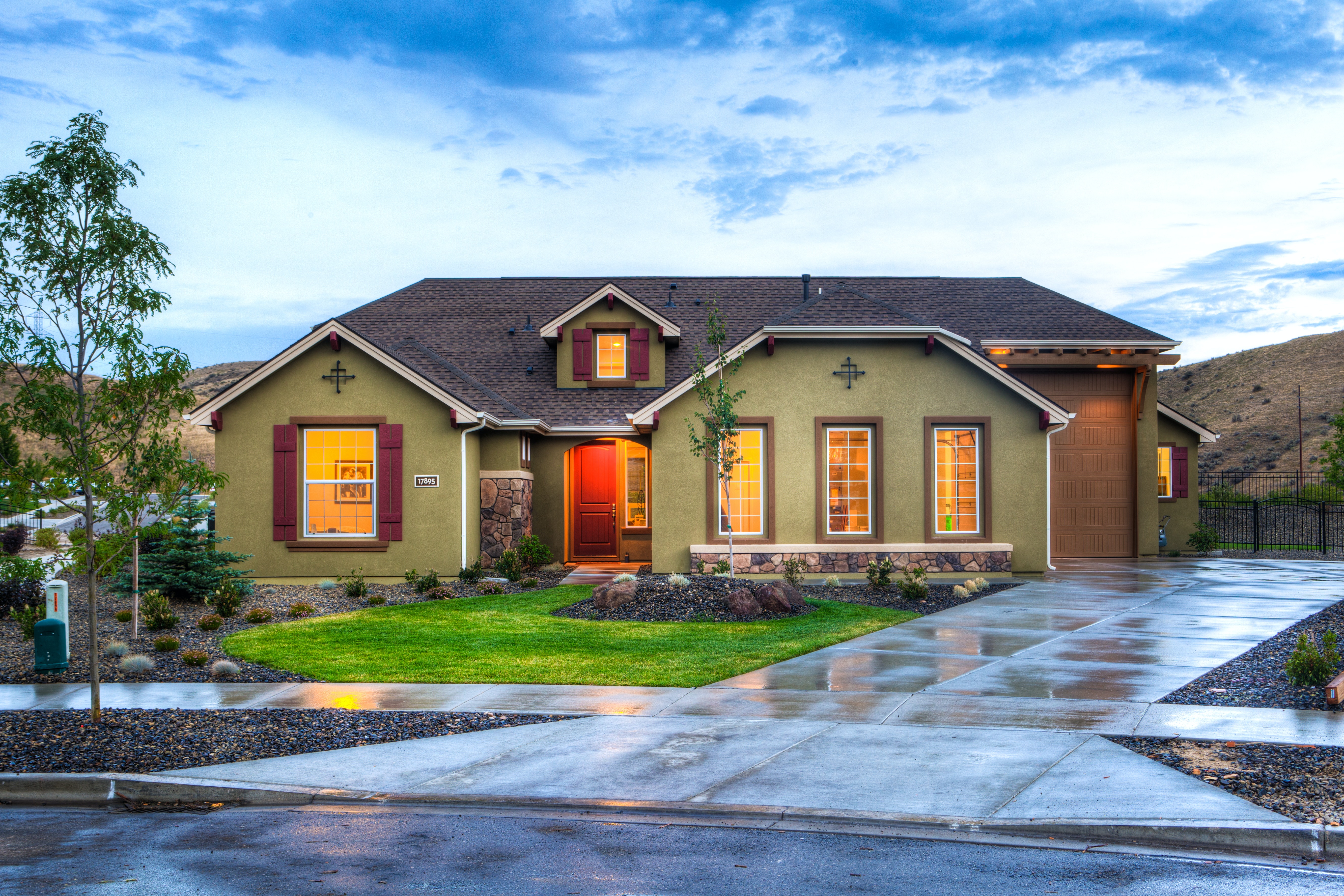The concept of flood zones has been changing as more areas that historically haven’t flooded have begun seeing more instances of water intrusion, whether it be from rain, nearby bodies of water, or a combination of both. There are more than 20,000 communities in the United States that have been placed into a category of flood zones by the Federal Emergency Management Agency (FEMA). Insurance premiums in each of these communities are determined by flood risk, with homeowners in these communities able to participate in the agency's National Flood Insurance Program (NFIP). Right now, FEMA and the NFIP are changing the flood base map based on storms and scientific studies.
With regard to changes brought on by remapping, there will be rate changes, somewhat subsidized by the federal government. Those subsidies are going to be changing as we go forward, based on things like how far above an area’s flood level your home sits. When it comes to flood insurance, whether you’re in a single-family home or townhome and based on flood maps at the time when the home was built, claims are paid out based on whether or not you live in your space -- renting/second home vs. permanently occupying.
Is there any type of home that isn’t at risk of flooding? Well, maybe if you’re at the top of a 30-foot hill. But I know an individual whose home sits 16 feet above flood level, and he had four feet of water in his house during Hurricane Florence. The key really is to pay attention to flood maps and topography when building—or buying—a home.
At CAMS, we work with homeowners’ associations (HOAs) and property management groups to address flood prevention from a financial and physical perspective, regardless of the types of homes in a community – single-family homes, townhomes or condos.
From a financial perspective, if a neighborhood’s common areas are in a flood zone, we strongly recommend they have flood insurance coverage. Even if a community is not officially in a flood zone, if it is near a creek or river, we recommend it, even if it is not required.
Physically, where we have communities with golf courses and retention ponds, we will lower those ponds in advance of an oncoming extreme weather event like a hurricane. A few HOAs we know of have their own pumps, and they start pumping the ponds down before a storm hits, while others bring in generators or pumps as needed.
Another preventative strategy we employ is having landscapers go through neighborhoods and clear storm drains, gullies, and gutters of debris. Usually, we work with them to do this before a storm comes.
For homeowners looking to work with their HOA or property managers on flood prevention, what we do is drive them to our website as well as other online resources -- like FEMA’s website, for example -- which are chock-full of information on what they should be doing. The main focus, of course, is on protecting oneself, building emergency kits, that sort of thing. This is because when a storm is on its way, there’s really not a lot you can do at that point to stop floodwaters from getting into your home.
Moving potential debris out of the way will help keep storm drains from clogging. As far as sandbags go, they really don’t keep the water from coming inside. Assuming that flood water will get in, you just really need to take a look around your ground floor and do the math. Figure out what you can deal with having replaced, and for those things that are irreplaceable try to get everything on your ground floor moved to an upper floor. If you live in a one-story home, try moving your valuables to another location before it’s too late.
The main thing every single homeowner should do when it comes to storms and flooding?
Be smart and be safe.
Concerned about flooding in your community or simply want to know more about the flood zones impacting your area? Reach out to your CAMS community manager for trusted guidance.


